2025 Smart Home Tech Predictions: What’s Next?
My five predictions for smart home tech in 2025, and why it might matter to you.

Introduction
The past year was incredibly interesting for smart home tech. I know because I test, review, and offer tutorials on this stuff every day. Here are some of the notable things from 2024:
- Matter devices began to multiply in number, albeit not without limitations.
- WiFi 7 started making its way into people’s homes, offering a theoretical maximum speed of 46 Gbps.
- Robot vacuums started to get really smart, with advanced object avoidance, climbing abilities, and docks that connect to your home’s water line for hands-free mopping.
- And we saw the initial convergence of smart homes and generative AI.
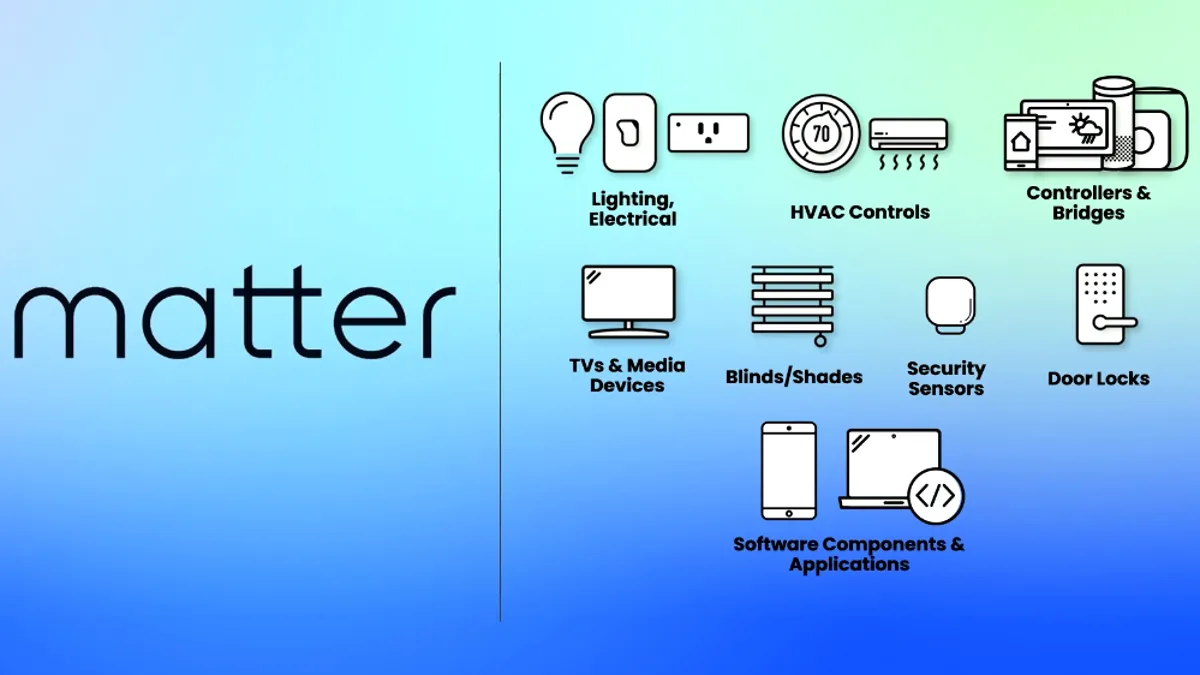
But what can you expect for 2025, and how will any of this benefit you? I’m going to offer five predictions for smart home tech in 2025. These are the things that I expect we’ll start to see, and why it might matter to you.
Main Points
#1: Rise of open-source voice assistants
People have been able to control their smart homes by voice for a decade, but it required sending all your data to the cloud. In just the past couple of years, open-source and community-driven projects began to allow people to build local voice assistants across many languages. This way, your voice requests remained local and private.
But not everyone is up for tinkering with ESP32 chips and writing Docker commands, so the reach has been limited. Well, just recently, Home Assistant — an open-source, home automation platform — released its own voice hardware. It’s called Home Assistant Voice Preview Edition.
Home Assistant Voice is a little device built to process your voice requests. It’s packed with a couple microphones, a speaker, a scroll wheel, a button, and an LED ring. Unlike existing smart speakers from Amazon, Apple, and Google which send all of your voice requests to the cloud, Home Assistant Voice gives you the option for local processing, so what you say stays in your home.
If you’re running Home Assistant on a Raspberry Pi, you may find it’s a bit slow to process your voice commands though. Upgrading your Home Assistant server to an N100 mini PC should process your requests in about one second. Or, you can subscribe to Home Assistant Cloud for a similar, fast response time.
The physical button and LED ring on the device are programmable. For example, the LED ring can remind you to take out the trash, or the button could trigger an automation, like telling the robot vacuum to clean the kitchen.
But don’t expect this to replace your existing smart speakers just yet. I’ve already ordered one for testing, and will do an entire video review soon. Be sure to hit that subscribe button so you don’t miss it.
In 2025, I expect the use of open-source voice assistants to meaningfully grow thanks to new hardware and software options that make it easier to get started with local voice. I know I can’t wait to test it out in my smart home.
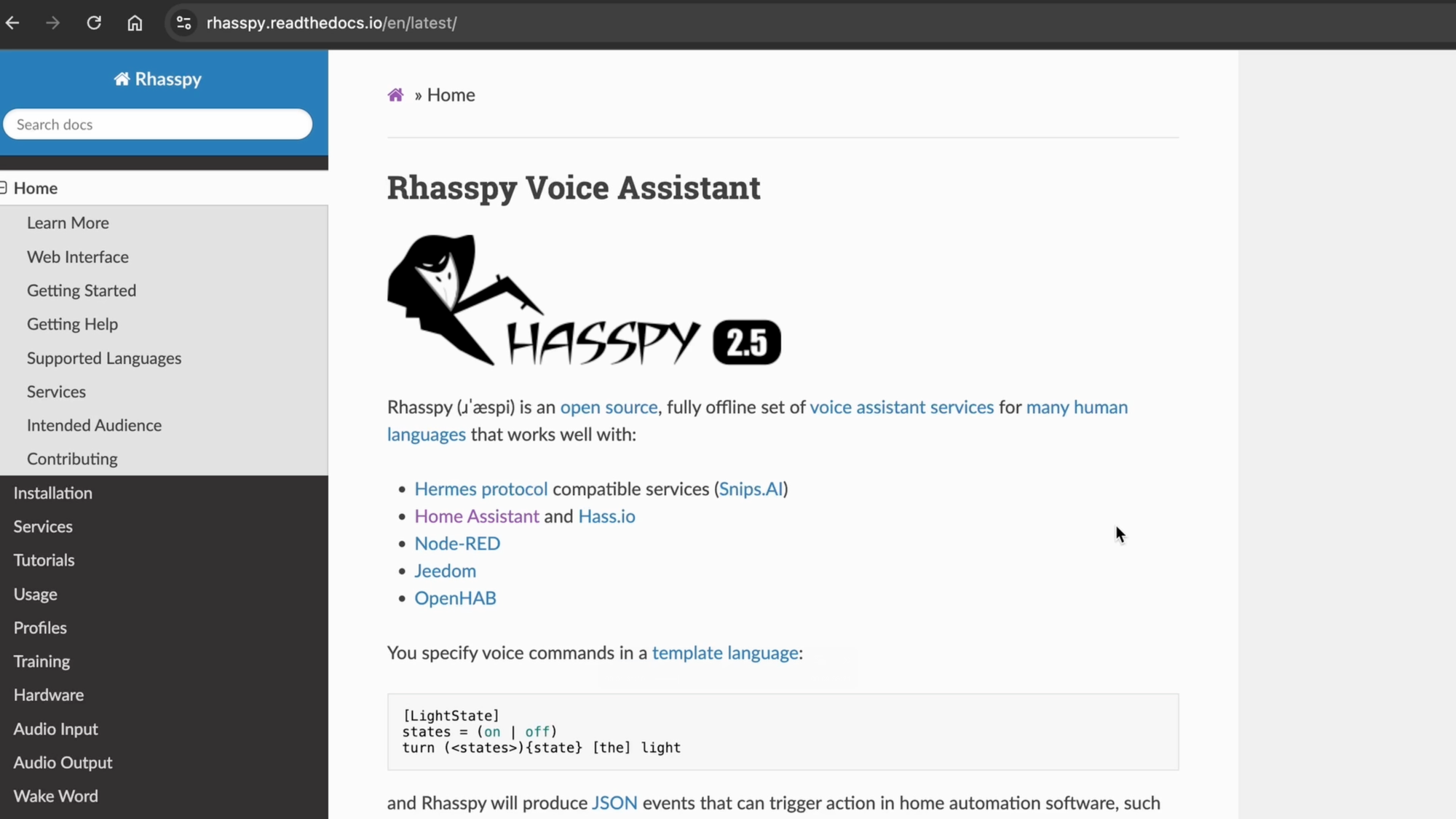
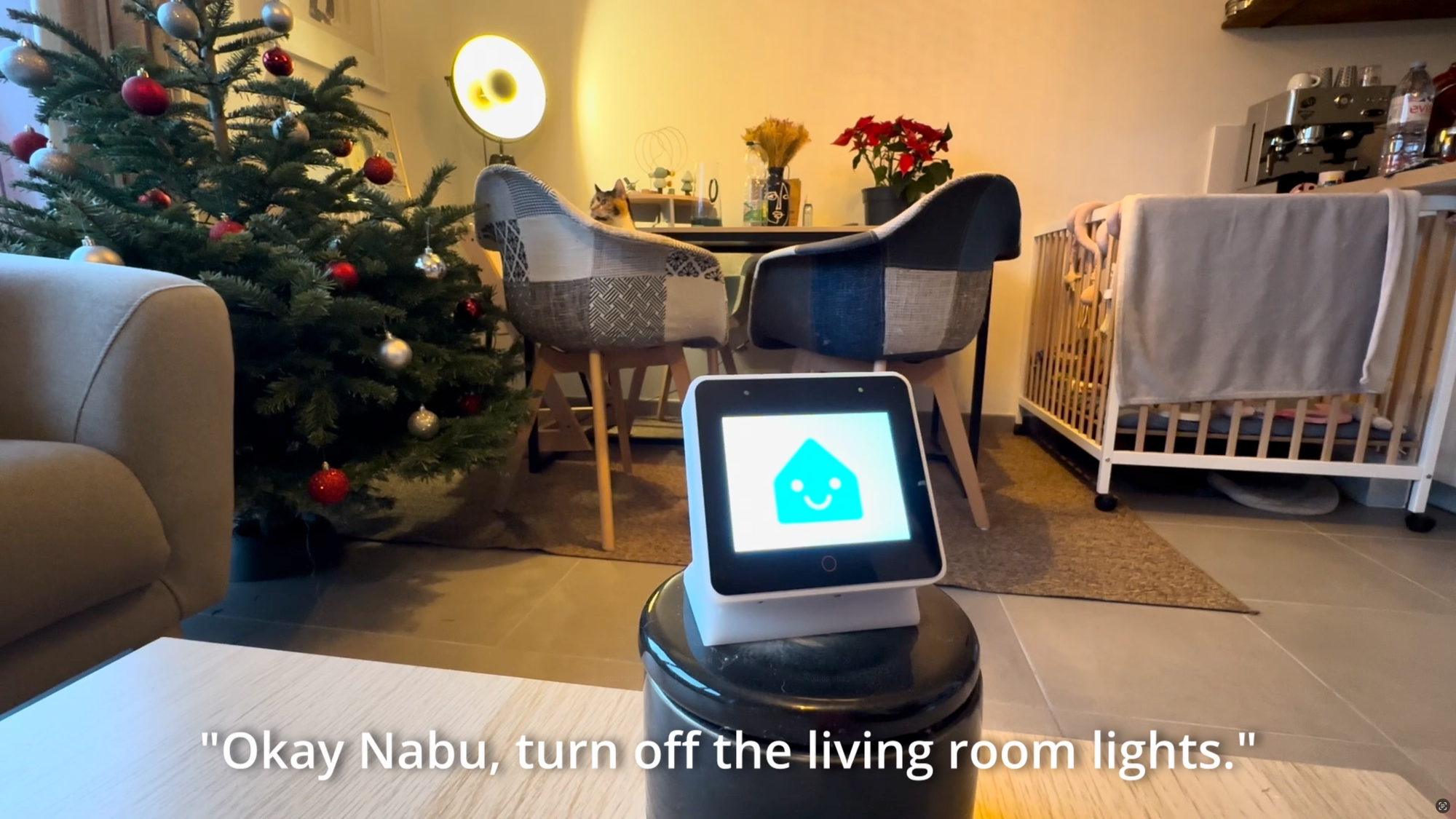
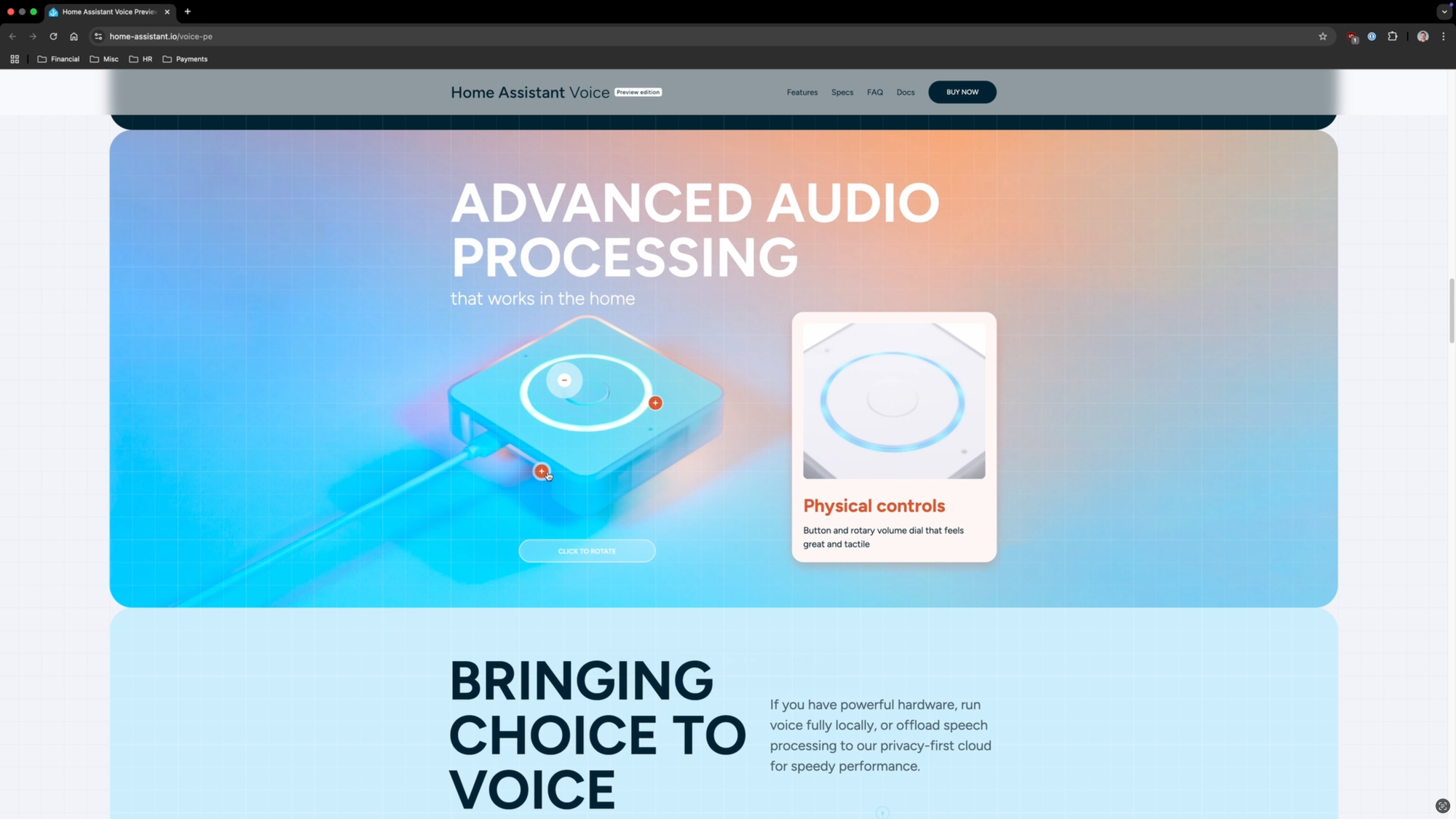
Local voice options include Rhasspy Voice Assistant, an S3 box, and now, Home Assistant Voice Preview Edition.
#2: Seamless switching between voice assistants and LLMs
Most smart home commands are simple requests: “Turn on the light.” “Turn off the light.” Today’s voice assistants can easily handle such commands. But what about more complex requests that reflect how you naturally talk? For example, you might say:
- “Turn off the living room lamp, set the thermostat to away mode, and open the garage door.”
- “It’s too dark in here.”
- “How many lights are on, and what time was someone last seen at the front door?”
While voice assistants might struggle with these requests, LLMs can handle them well. LLMs are generally better at interpreting natural language and are more knowledgeable than the voice assistants we’ve been using. But it would be too much cognitive load for you as the user to think of your request, evaluate if it’s best answered by a voice assistant or LLM, and then direct your query to the appropriate one. No one wants that.
In 2025, I expect it will become the norm for voice requests to be sent to a local voice assistant, and only fall back to an LLM for more complex requests that are not understood by the assistant.
The signs of this are already underway: Apple Intelligence updates in iOS 18.2 included an integration with ChatGPT. This allowed Siri to continue answering user requests, but also access ChatGPT for certain types or more complex requests. And Home Assistant has started to move in a similar direction.
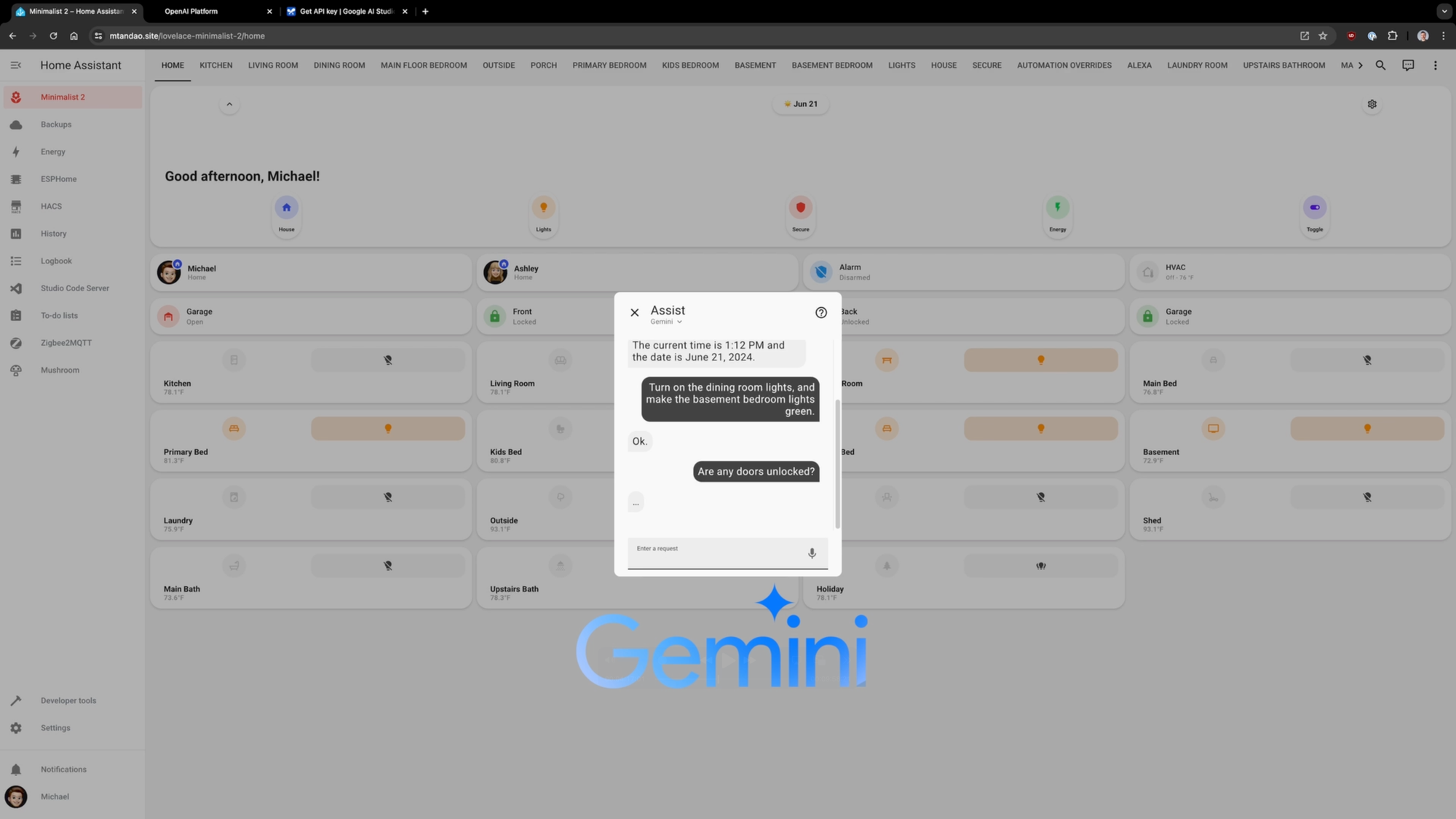
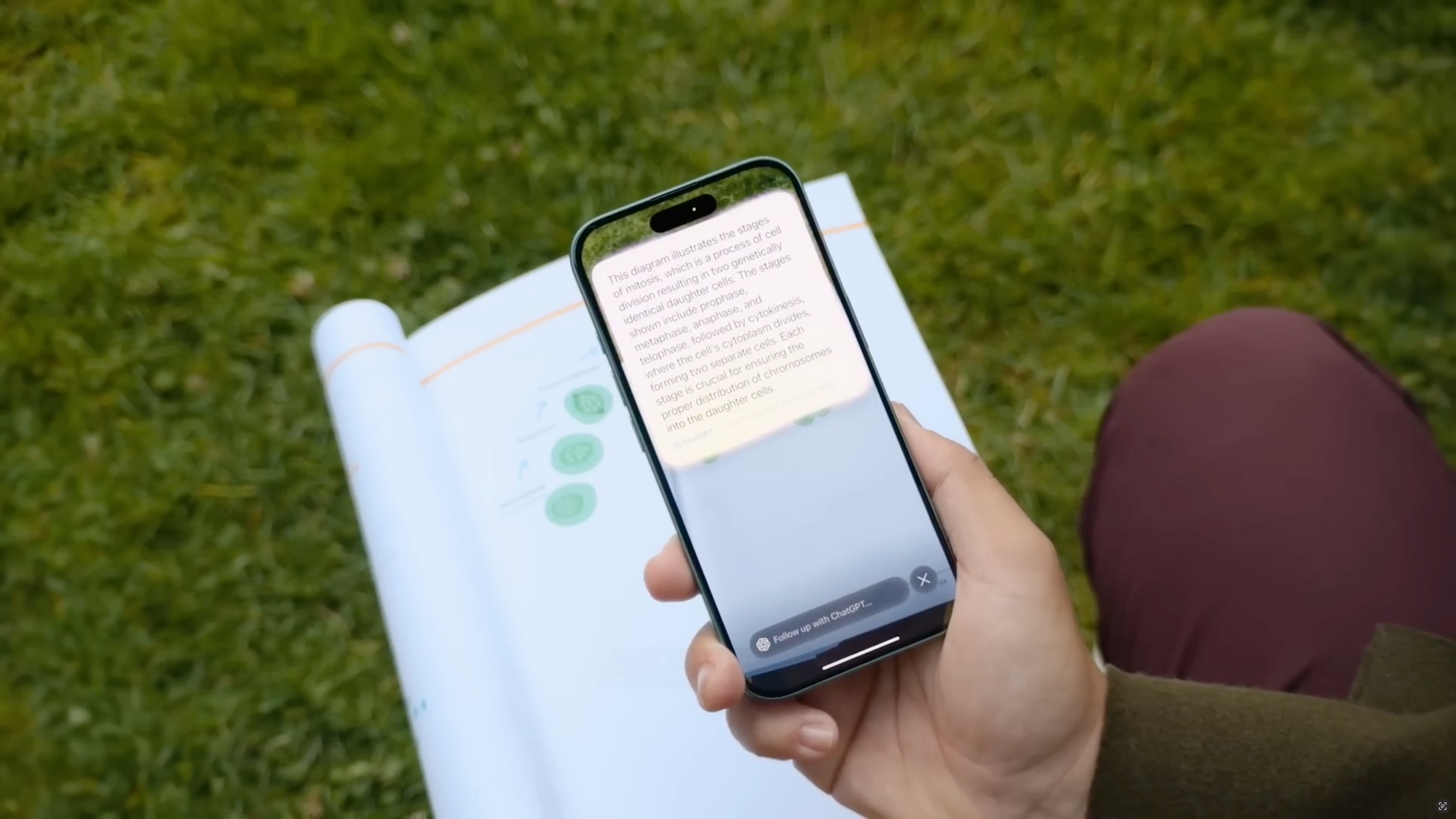
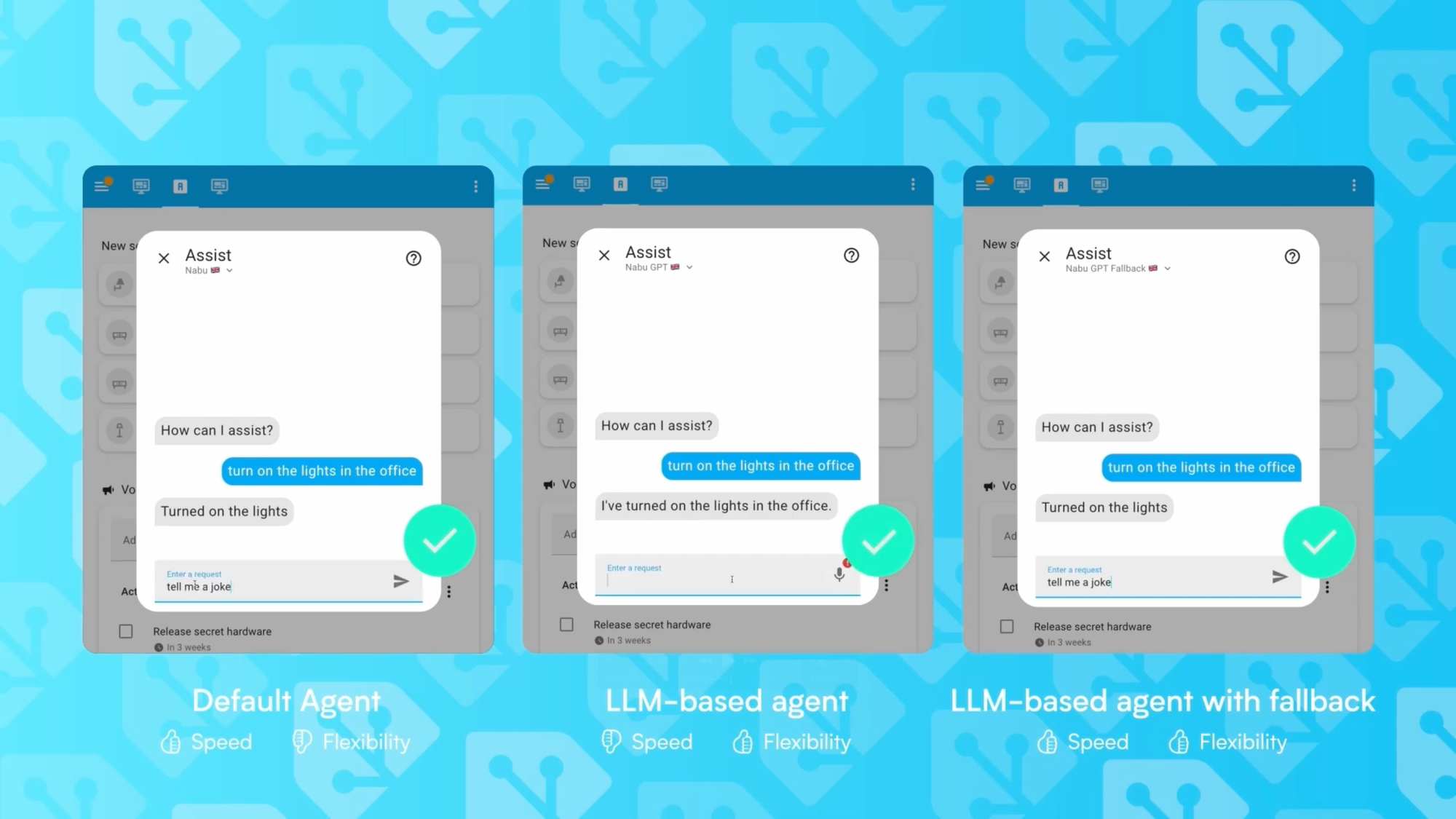
LLMs like Google Gemini can handle more complex voice requests, and iOS 18 and Home Assistant 2024.12 how utilize LLMs as a fallback option for the main voice assistant.
#3: Cloud-based LLMs continue to rise, but local LLMs start to grow
While LLMs like ChatGPT, or Google Gemini, are incredibly powerful, they do require you to send your data to the cloud. Much like local voice assistants, there are options for running an LLM locally in your home.
You could use something like Ollama, which is a free, open-source tool that lets you create and run your own LLMs. To do this though, you will needed dedicated hardware that can support it, and that kind of constant power will consume more of your home’s electricity. But it would allow you to keep your data local and private.
In 2025, I don’t expect local LLMs to go mainstream, but I do expect to see a surge in their usage among DIY enthusiasts.

#4: Presence detection goes mainstream
Over the past year, manufacturers big and small introduced and expanded a range of presence detection sensors. For a while, people had to rely on PIR motion sensors to trigger a smart home automation based on someone entering a room. While good at that, PIR motion sensors aren’t so smart at knowing if you are still in a room when relatively still.
The gradual proliferation of mmWave sensors changed this, and finally made it possible to create reliable automations as simple as turning off the lights, confident that no one remains in the room.
In 2025, I expect mmWave-based presence detection to inch closer to a prerequisite for any smart home, rather than primarily an implementation by the enthusiast crowd.
I expect Matter to play a role here, with Matter compatible sensors bringing presence detection further beyond Home Assistant to those using Amazon, Apple, and Google smart home platforms.
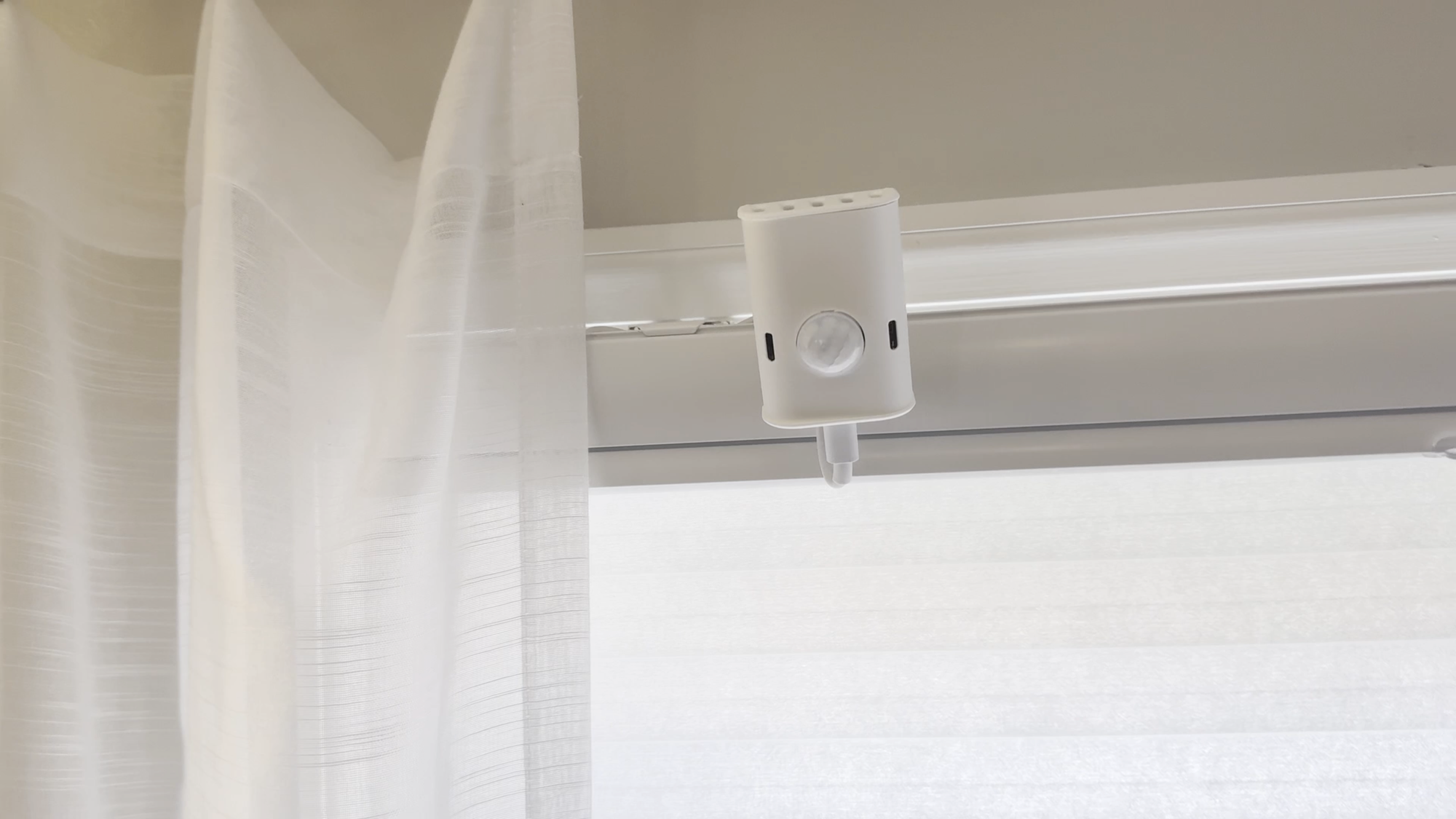
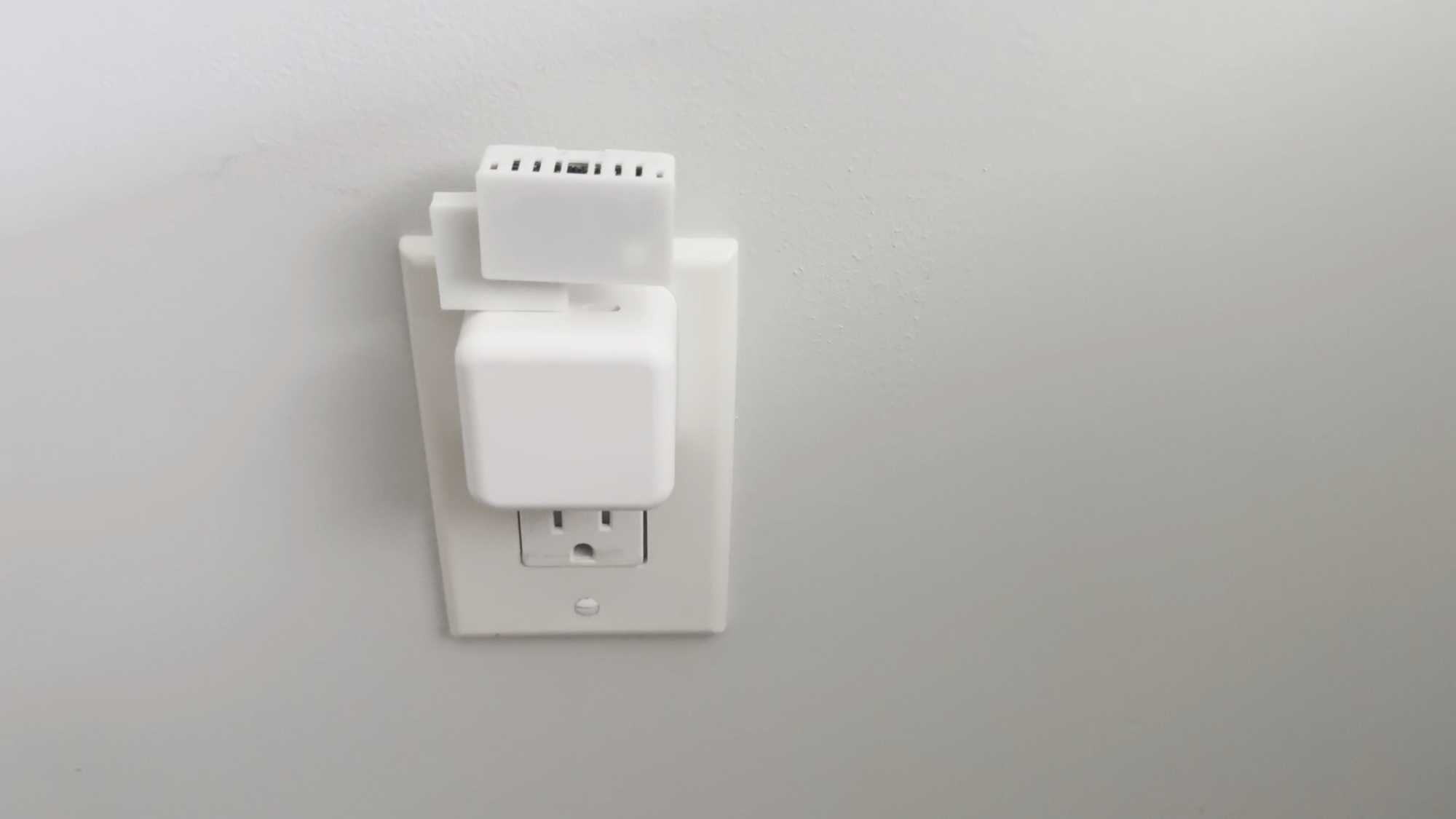
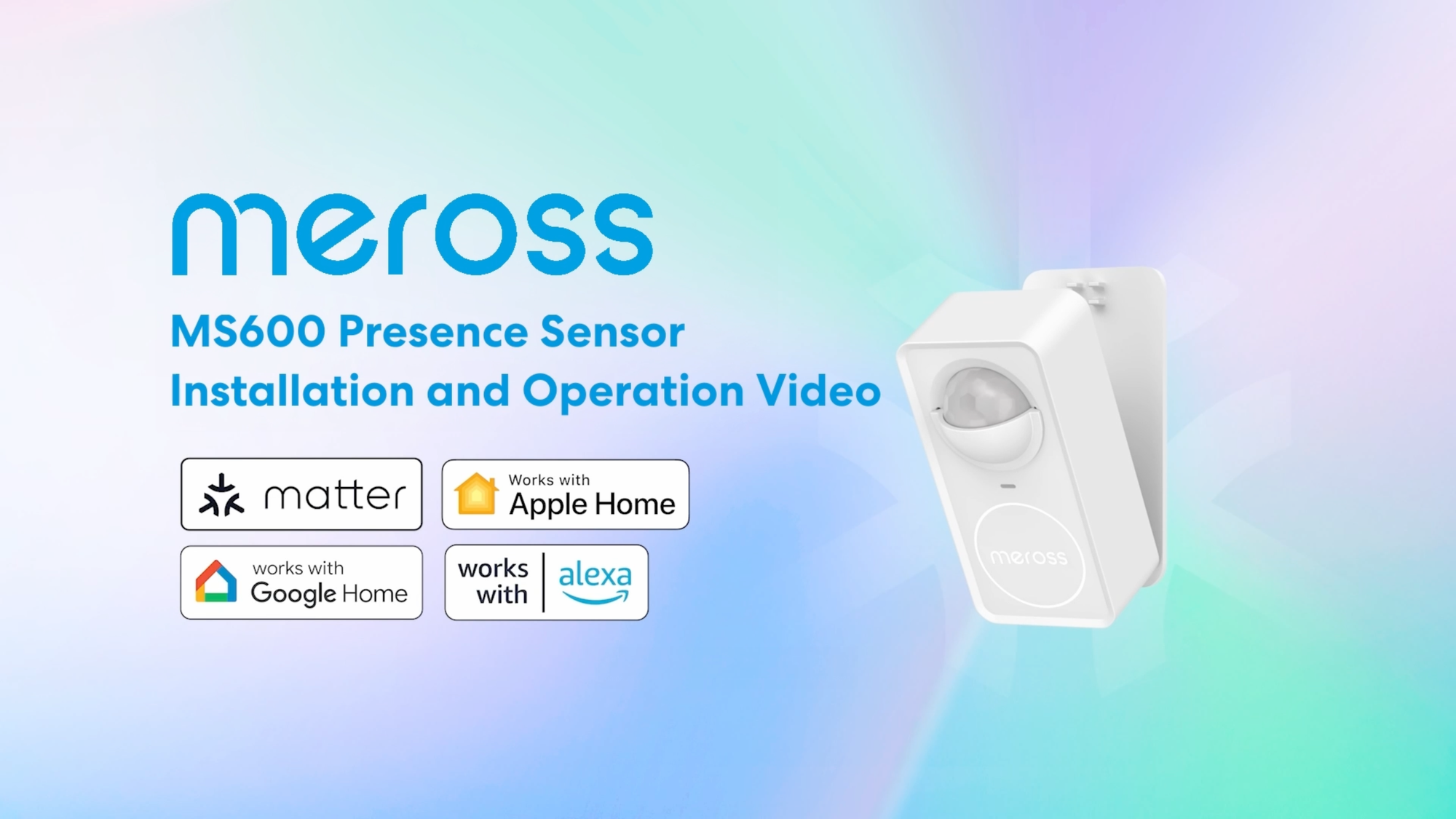
Everything Presence One and Apollo Automation MSR-2 are great mmWave presence detection sensors, and now Meross has introduced a Matter-compatible option.
#5: Matter continues to disappoint
That’s not say I’m overly optimistic about Matter. Matter was announced in 2019, with the initial release appearing in 2022. It promised to be a manufacturer-independent connection standard for the smart home, with Matter-over-WiFi and Matter-over-Thread options.
But, Matter has been troubled by delays, feature gaps, and setup and connectivity issues. Over the course of 2023 and 2024, we saw the publication of Matter 1.1, 1.2, 1.3, and 1.4. Those releases expanded support for different device types, like household appliances and robot vacuums, and made it possible to track energy consumption…sort of.
Just because a new version of Matter is released doesn’t mean you can access. Smart home platforms, like Amazon, Apple, and Google, must adopt each new release before you’ll see the benefits. For example, Matter 1.3 was released in May 2024 and promised support for robot vacuums, but nine months later we still don’t have this for Apple HomeKit.

Most frustrating, at least to me, is that connecting your smart home device via Matter almost always requires tradeoffs — you often get access to fewer features or controls than if you had connected the device some other way.
I’m not sure how much of this has to do with the technical architecture complexities vs. deliberate feature gate-keeping by manufacturers.
In 2025, I don’t think this will get much better, and I expect Matter will continue to fall short of a vision that simplifies and improves your overall smart home.
Final Thoughts
Common themes across my predictions concern local vs. cloud-based AI, and implications for your data and privacy. It’s generally good to be proceed with caution whenever your data may be used in ways outside of your control. But overall, I’m excited and optimistic about the emerging possibilities for Gen AI and LLMs in the smart home.
Watch on YouTube
Featured Tech

